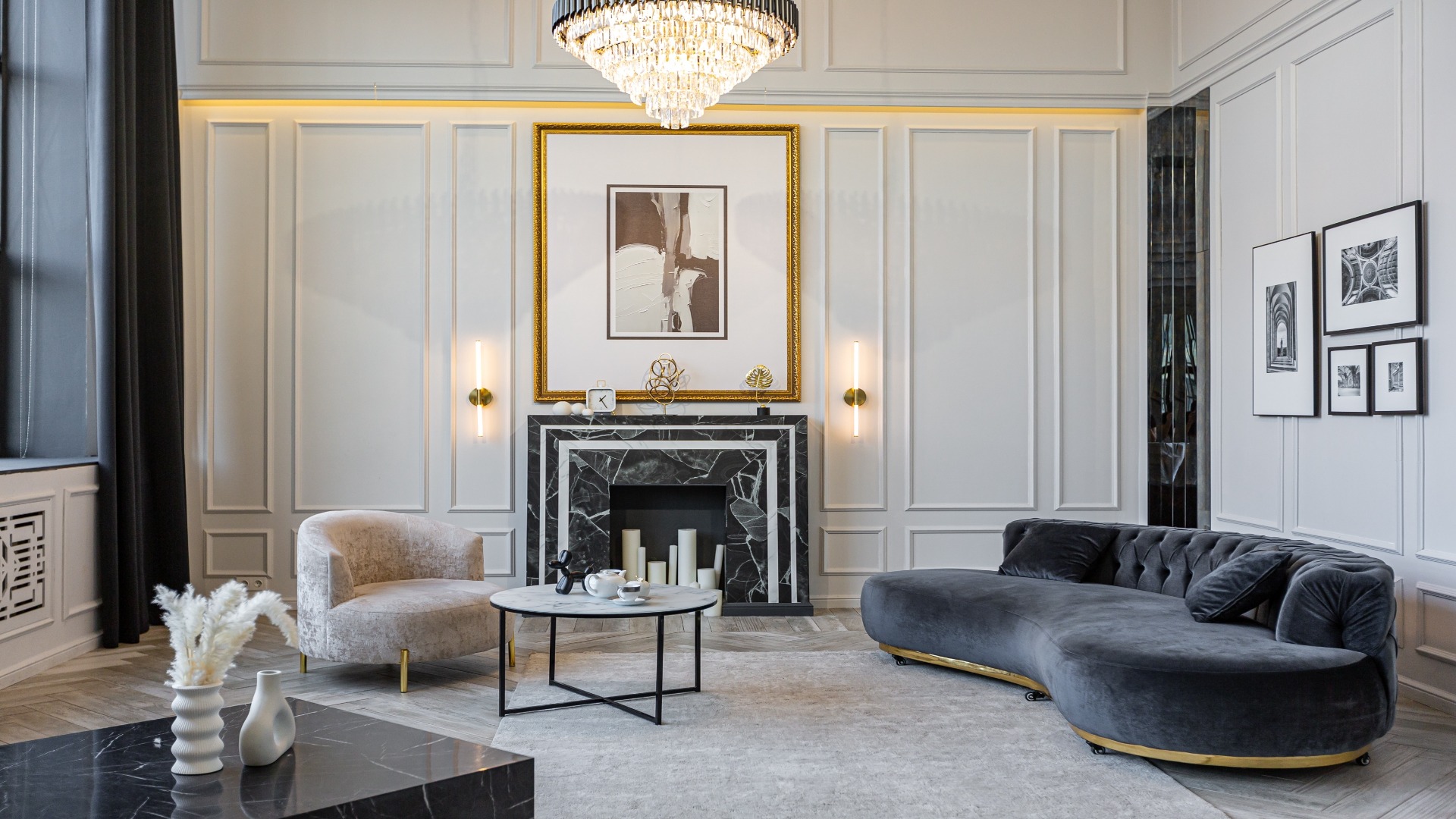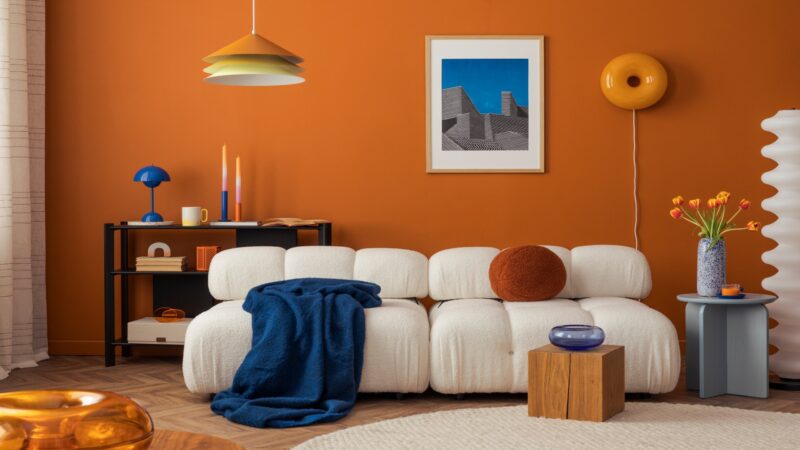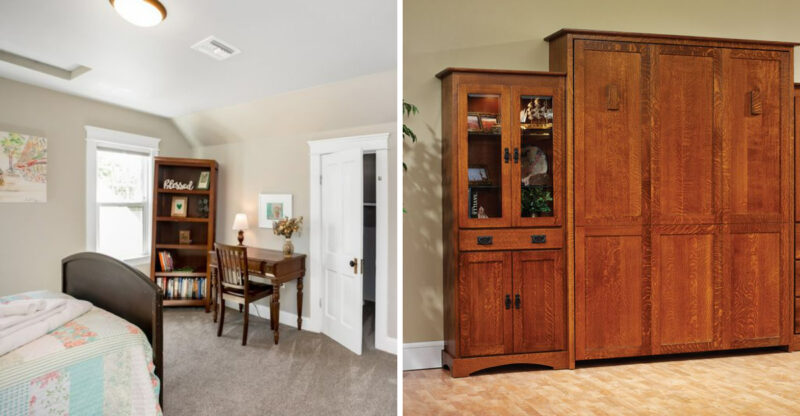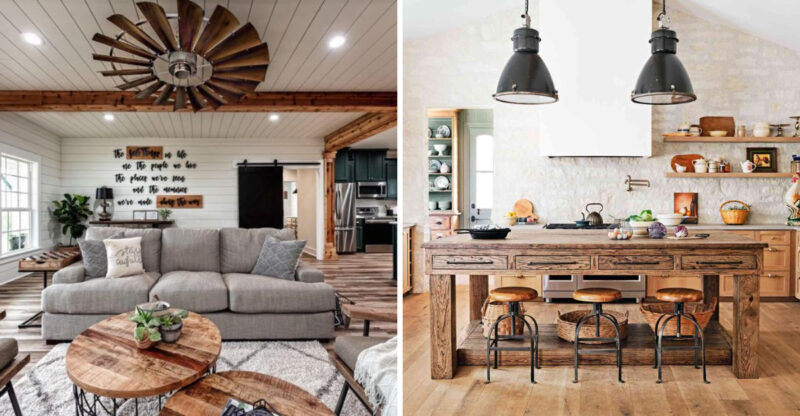How Home Décor Choices May Influence First Impressions Among Wealthier Guests

First impressions begin long before words are exchanged. The soft gleam of a marble countertop, the quiet symmetry of a room, or the bold confidence of a modern painting can all whisper stories about the person who lives within those walls.
Home décor becomes a silent language – one that wealthier guests read with a practiced eye, noticing the balance between taste and extravagance, subtlety and statement. Every texture, every hue, every choice adds up to a narrative about refinement, comfort, and intent.
1. The Psychology Of First Impressions In Social Settings
People form judgments about others remarkably quickly, often within seconds of meeting or entering a space. Home environments serve as silent storytellers, revealing habits, priorities, and lifestyle choices without a single word spoken.
Wealthier guests might unconsciously evaluate how thoughtfully a space is curated. Clean lines, intentional color palettes, and well-maintained surfaces can suggest attention to detail and respect for one’s surroundings, setting a positive tone from the start.
2. The Role Of Home Décor In Signaling Status And Taste
Décor choices can quietly broadcast where someone stands socially and culturally. Items like designer furniture, rare collectibles, or heritage pieces may signal both financial means and an appreciation for craftsmanship.
Guests familiar with luxury brands or design movements might recognize specific styles or materials. This recognition could spark conversation or admiration, building connections based on shared aesthetic values and interests in quality living spaces.
3. Key Elements Of Décor That Shape Perception
Certain décor components carry more weight than others when shaping opinions. Furniture quality, artwork selection, lighting fixtures, and even the choice of textiles all contribute to the overall impression.
Thoughtful layering of these elements creates depth and visual interest. When each piece seems purposefully chosen rather than randomly placed, guests may perceive the homeowner as someone who values harmony and invests time in creating a comfortable environment.
4. Interior Design Style And Cohesion
A unified design approach demonstrates aesthetic confidence and planning. Whether embracing minimalist Scandinavian vibes or classic traditional elegance, consistency across rooms suggests intentionality rather than haphazard decorating.
Wealthier guests might appreciate when a home tells a clear stylistic story. Mixing styles can work beautifully when done skillfully, but clashing themes without purpose may appear unfinished or confusing, potentially affecting how seriously someone takes the host’s taste.
5. Quality And Material Selection
Natural materials like hardwood, marble, wool, and linen often signal investment in longevity over disposability. These choices communicate that the homeowner values durability and timeless appeal rather than following fleeting trends.
Guests accustomed to finer things might notice the difference between genuine materials and imitations. Real wood grain, the weight of quality fabrics, and the cool touch of natural stone create sensory experiences that cheaper alternatives simply cannot replicate.
6. Artwork And Cultural References
Art selections reveal cultural awareness and personal passions. Original pieces, limited editions, or works from recognized artists might catch the eye of knowledgeable guests who appreciate creative expression and the stories behind each piece.
Even without famous names, thoughtfully displayed artwork shows that beauty matters to the homeowner. Cultural artifacts from travels or heritage items can spark meaningful conversations, creating bridges between host and guest through shared interests in global cultures.
7. Lighting And Ambience
Lighting transforms spaces from functional to magical. Multiple light sources at different heights create dimension and warmth, while harsh overhead fluorescents can make even beautiful rooms feel cold and unwelcoming.
Affluent guests might notice the subtlety of dimmable fixtures, statement chandeliers, or strategic accent lighting highlighting artwork. Proper illumination shows understanding of how atmosphere affects mood, making visitors feel relaxed rather than scrutinized under unflattering brightness.
8. Spatial Layout And Flow
How furniture is arranged can either encourage conversation or create awkward barriers. Open pathways and seating grouped to facilitate interaction suggest hospitality and thoughtfulness about how people will use the space.
Cramped arrangements or furniture blocking natural movement patterns might signal poor planning. Wealthier guests accustomed to spacious, well-organized environments may feel uncomfortable in cluttered spaces where navigation becomes a challenge rather than an intuitive experience.
9. Cultural And Social Nuances In Décor Interpretation
Different cultures assign varying meanings to colors, symbols, and arrangements. What feels luxurious in one tradition might seem ostentatious in another, making cultural sensitivity important when hosting diverse guests.
Globally minded individuals often appreciate décor that respectfully incorporates international influences. Authentic pieces collected through travel or cultural exchange carry more weight than mass-produced items marketed as exotic, showing genuine curiosity about the world beyond familiar borders.
10. Subtle Indicators Of Wealth And Refinement
True luxury often whispers rather than shouts. Custom millwork, perfectly tailored window treatments, and seamlessly integrated technology suggest resources invested wisely rather than flashy displays of excess.
Discerning guests might notice small details like hardware quality, the precision of furniture joints, or the softness of linens. These understated elements demonstrate refinement without ostentation, appealing to those who value substance over showiness in their own lives.
11. The Balance Between Luxury And Authenticity
Homes that feel like museum showrooms can seem cold and uninviting. Personal touches like family photos, well-loved books, or handmade items add warmth that balances expensive furnishings.
Wealthier guests often appreciate authenticity over perfection. A space that clearly reflects the homeowner’s genuine interests and experiences feels more welcoming than one designed solely to impress. Comfort and personality should coexist with quality for the most positive impressions.
12. Case Studies Or Real-World Examples
Consider homes featured in design magazines that balance elegance with livability. These spaces often showcase how investment pieces can anchor a room while affordable accents add personality without compromising the overall aesthetic.
Real-world examples demonstrate that impressive interiors need not require unlimited budgets. Strategic choices about where to splurge and where to save, combined with thoughtful curation, can create environments that resonate positively with guests from any background.
13. Potential Pitfalls And Misinterpretations
Overdoing trends can make spaces feel dated quickly, while trying too hard to impress might come across as inauthentic. Cluttered surfaces, mismatched metals, or neglected maintenance can undermine even expensive décor investments.
Guests might misinterpret minimalism as coldness or maximalism as chaos if not executed thoughtfully. Understanding these potential missteps helps hosts create environments that communicate their intended message rather than accidentally sending signals about carelessness or trying to be someone they are not.






